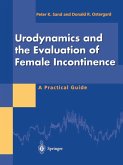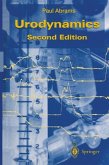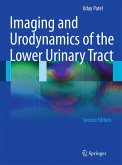Urodynamics provides a simple yet practical guide to the functional investigation of patients with incontinence and voiding disturbances. The text makes clear the fundamental and vital contribution of urodynamic investigation to the management of patients with any form of lower urinary tract dysfunction. Concentrating on common clinical problems and the presenting symptom complexes rather than diagnosis, Urodynamics highlights the limitations and possible artifacts of investigation.
Dieser Download kann aus rechtlichen Gründen nur mit Rechnungsadresse in A, B, BG, CY, CZ, D, DK, EW, E, FIN, F, GR, HR, H, IRL, I, LT, L, LR, M, NL, PL, P, R, S, SLO, SK ausgeliefert werden.
"This book is dedicated to clinicians interested in urodynamics but without experience in this field gynecologists, pediatricians, neurologists and also nurses. The aim of Paul Abrams is that the reader will appreciate both the value and the limitations of urodynamic investigations, and will obtain the necessary practical advice on the use of the appropriate equipment in the correct situations. this book is a very interesting tool for any clinician who has interest in urodynamic investigations." (Dr. V. Kepenne, Acta Chirurgica Belgica, Issue 1, 2007)









